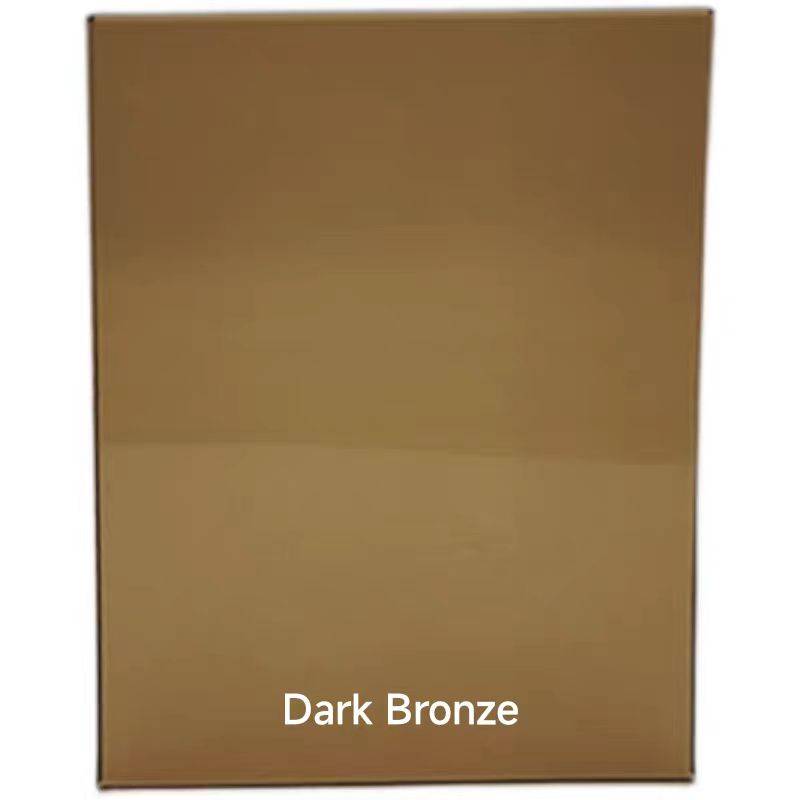

Understanding Low Iron Tempered Glass Benefits and Applications
Low iron tempered glass is a specialized type of glass that is increasingly gaining popularity in various architectural and design applications. Unlike conventional glass, which contains iron oxide that gives it a greenish tint, low iron glass is formulated to be highly transparent with minimal color distortion. By reducing the iron content during production, manufacturers create a clearer and purer product that maximizes light transmission, making it a preferred choice for both aesthetic and functional purposes.
One of the most significant advantages of low iron tempered glass is its exceptional clarity. With a light transmittance rating of up to 91%, it allows for an unobstructed view, which is especially important in modern architecture that emphasizes transparency and open spaces. Glass facades, skylights, and large windows benefit immensely from this enhanced clarity, allowing natural light to flood interior spaces while providing an unobstructed view of the outside environment. This feature is not only visually appealing but also contributes to energy efficiency by reducing the need for artificial lighting during the day.
In addition to its aesthetic qualities, low iron tempered glass is also known for its strength and safety. The tempering process involves heating the glass to high temperatures and then rapidly cooling it, which increases its strength and thermal resistance. As a result, low iron tempered glass is more resistant to impact and thermal stress than standard glass. This makes it an ideal choice for high-rise buildings, curtain walls, and other structures where safety and durability are paramount. In the event of breakage, tempered glass shatters into small, blunt pieces, reducing the risk of injury compared to traditional glass.

Moreover, low iron tempered glass is highly versatile and can be used in a variety of applications. From residential to commercial settings, this type of glass can be found in windows, doors, partitions, and even furniture. In retail spaces, for instance, storefronts made of low iron glass offer a clear view of the merchandise, enticing customers while allowing natural light to enhance the shopping experience. In residential settings, homeowners are increasingly opting for low iron glass in areas where they want to maximize views, such as sunrooms and patios.
Another important aspect of low iron tempered glass is its UV protection. While it allows natural light to enter, it can also be treated to block harmful ultraviolet rays, which can damage furnishings and artworks over time. This attribute makes it an excellent choice for museums, galleries, and homes where preserving the integrity of valuables is a priority.
In conclusion, low iron tempered glass is a remarkable material that combines beauty with functionality. Its high clarity enhances the aesthetic appeal of any structure, while its strength and safety features make it suitable for various applications. Architects and designers are increasingly turning to low iron tempered glass to create spaces that are not only visually stunning but also safe and energy-efficient. As technology advances and the demand for innovative building materials grows, low iron tempered glass will undoubtedly play a vital role in shaping the future of architecture and design. Its ability to harmonize transparency, safety, and aesthetic value positions it as an essential element in contemporary construction and design projects.